Barking up the Right Tree
runktrun
15 years ago
Related Stories

CHRISTMASReal vs. Fake: How to Choose the Right Christmas Tree
Pitting flexibility and ease against cost and the environment can leave anyone flummoxed. This Christmas tree breakdown can help
Full Story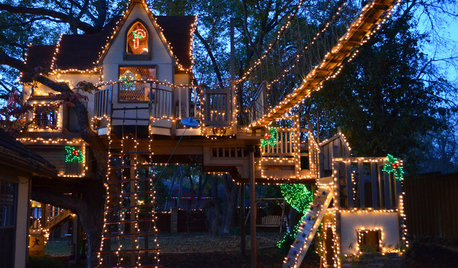
MOST POPULARA Magical Tree House Lights Up for Christmas
From the Most Popular file: An incredible tree house takes things up a notch for the holidays. See how it came to be
Full Story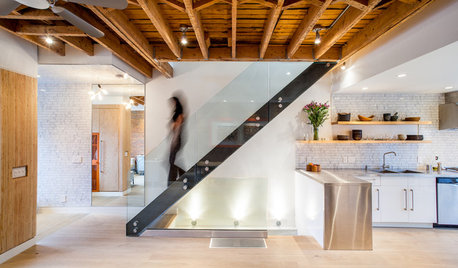
HOW TO PHOTOGRAPH YOUR HOUSEStep Right Up: Expressing Movement on Modern Stairs
Seeing a person on a staircase changes our perception of the design
Full Story
TREESGreat Design Plant: Coral Bark Japanese Maple, a Winter Standout
Go for garden gusto during the chilly season with the fiery red stems of this unusual Japanese maple
Full Story
GARDENING GUIDESPlant Black Cherry Trees for the Birds and Bees
Plant Prunus serotina in the Central and Eastern U.S. for spring flowers, interesting bark and beautiful fall color
Full Story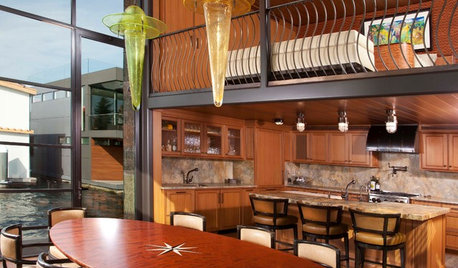
CONTEMPORARY HOMESHouzz Tour: A Bark-Covered Floating Getaway on Lake Union
If the unusual siding doesn’t clue you in to the fine craftsmanship in this floating home, the handmade handrails, lights and furniture will
Full Story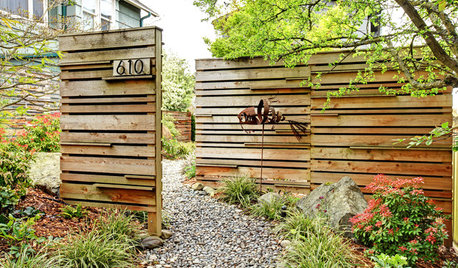
FENCES AND GATESHow to Choose the Right Fence
Get the privacy, security and animal safeguards you need with this guide to fencing options
Full Story
LIFE12 House-Hunting Tips to Help You Make the Right Choice
Stay organized and focused on your quest for a new home, to make the search easier and avoid surprises later
Full Story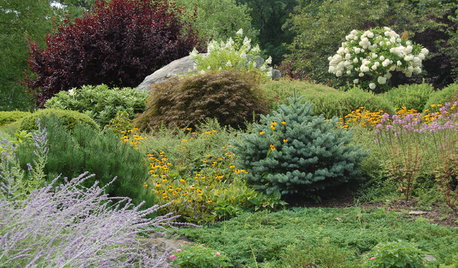
GARDENING GUIDESDesigning With Conifers: Finding the Right Garden Bedmates
In gardening, building on commonalities creates an enduring relationship
Full Story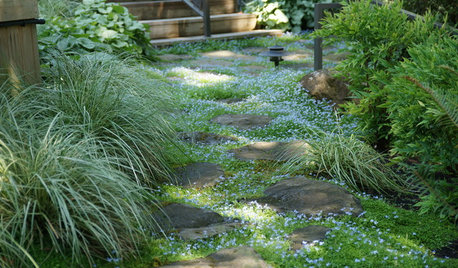
LANDSCAPE DESIGNHow to Pick the Right Floor for Your Garden Room
Crunch the facts on gravel, flagstone, brick, tile and more with our mini guide to outdoor flooring surfaces
Full StoryMore Discussions







viburnumvalley
Thyme2dig NH Zone 5
Related Professionals
Bridgetown Landscape Architects & Landscape Designers · Fort Lee Landscape Architects & Landscape Designers · Lyndhurst Landscape Contractors · Merced Landscape Contractors · New Cassel Landscape Contractors · Rockville Landscape Contractors · Tavares Landscape Contractors · Watertown Landscape Contractors · Dorchester Center Decks, Patios & Outdoor Enclosures · Boise Decks, Patios & Outdoor Enclosures · Centreville Decks, Patios & Outdoor Enclosures · Lake Morton-Berrydale Decks, Patios & Outdoor Enclosures · Miami Decks, Patios & Outdoor Enclosures · South Houston Decks, Patios & Outdoor Enclosures · Wildomar Decks, Patios & Outdoor EnclosuresrunktrunOriginal Author
diggingthedirt
WendyB 5A/MA
WendyB 5A/MA
claireplymouth z6b coastal MA
diggingthedirt